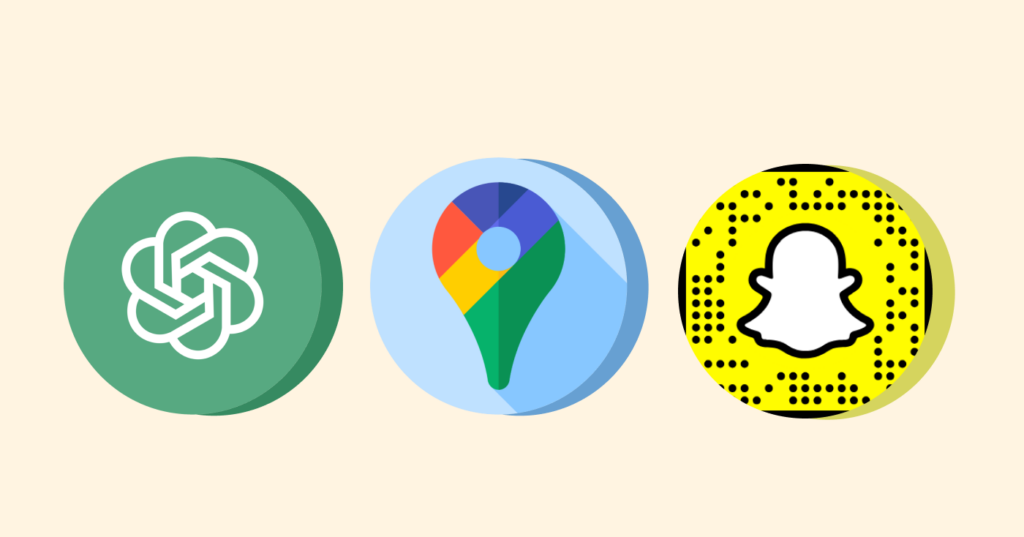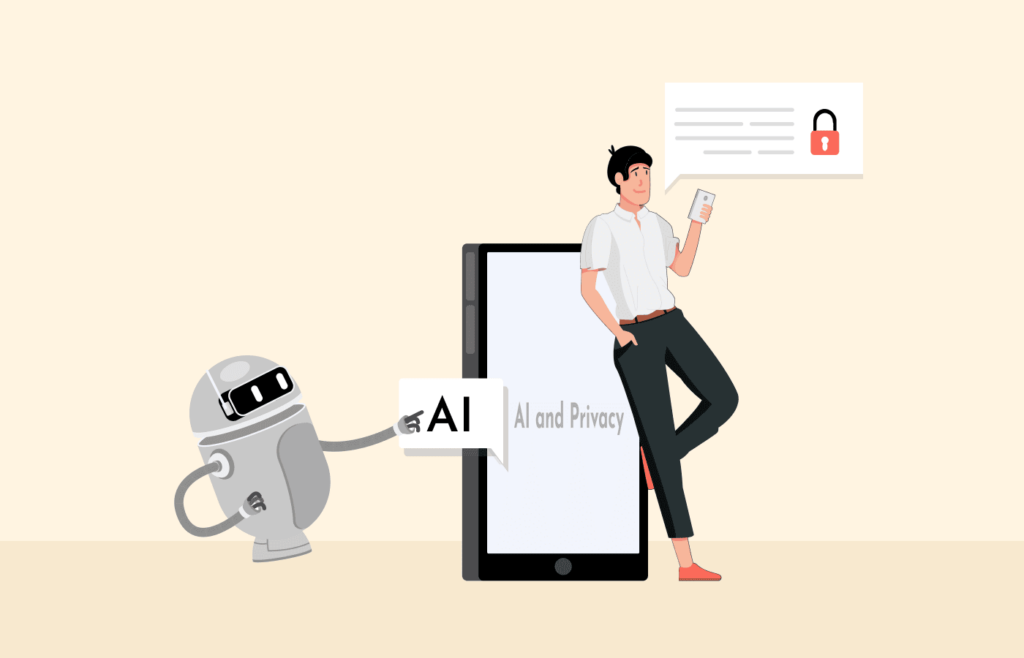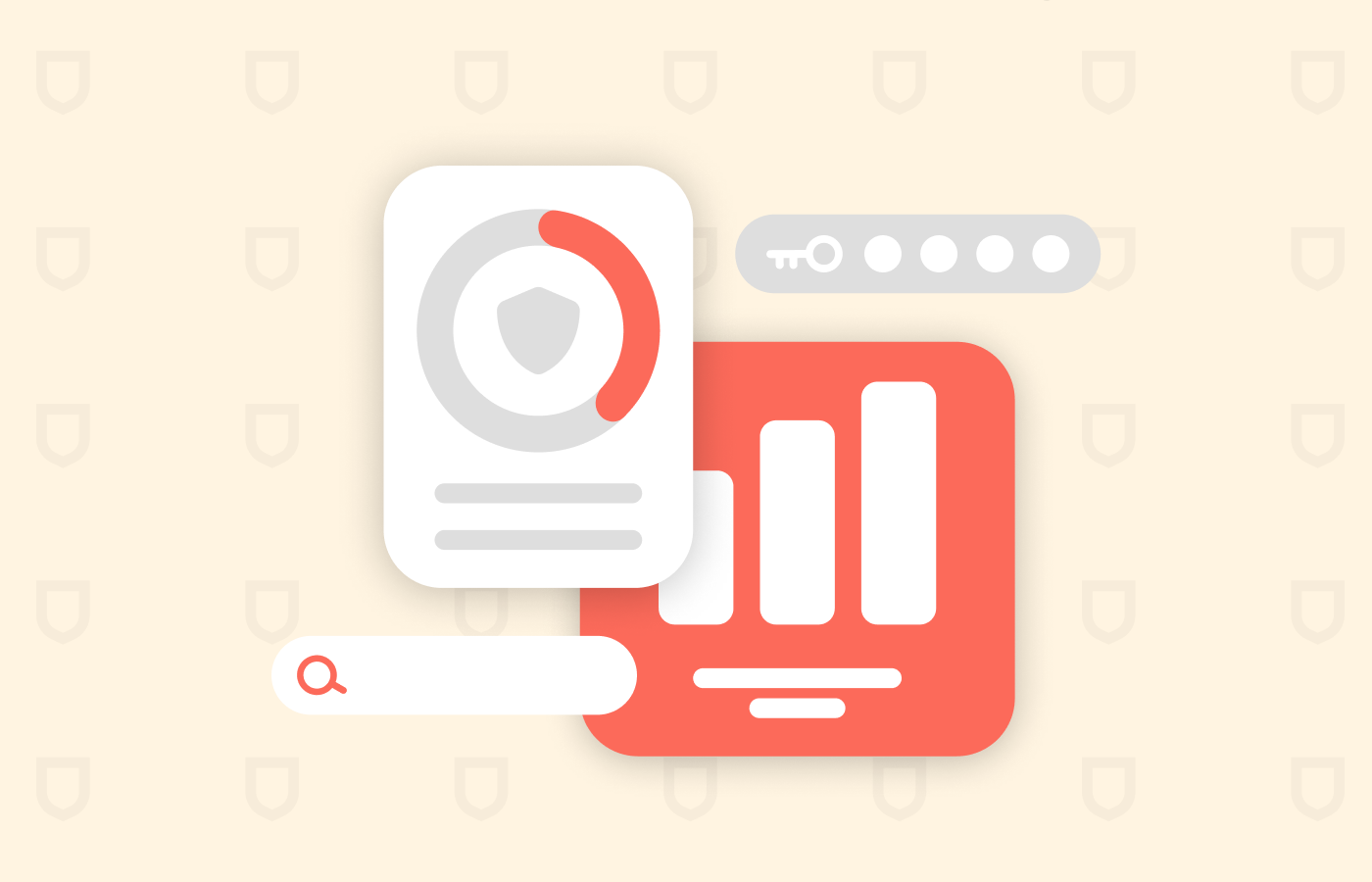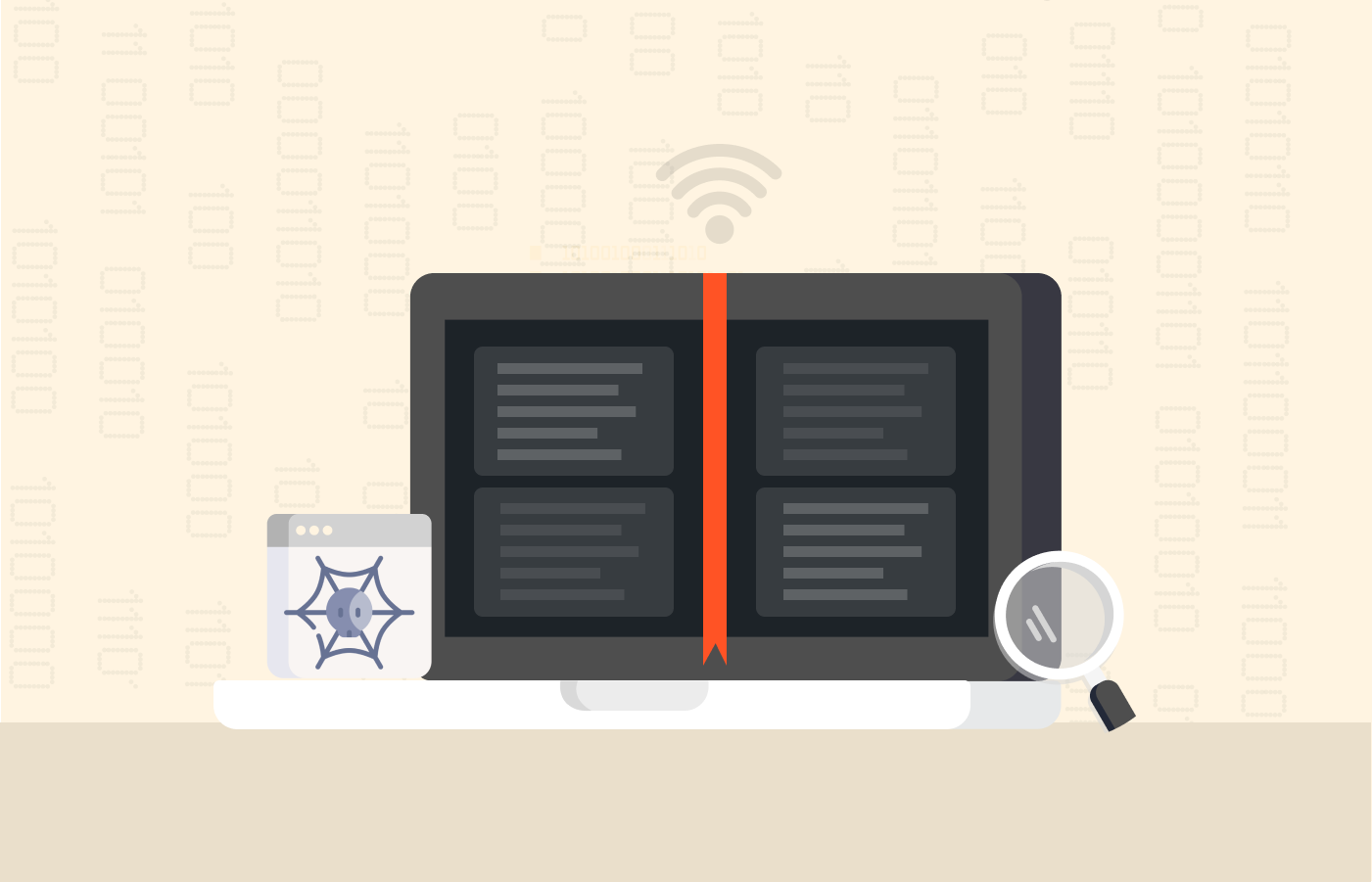
AI apply has increased significantly over the last year among the general public with the appearance of tools like ChatGPT, Claude, and others. While this has created a lot of AI in businesses and consumers alike because of excitement’s immense potential to transform and improve our lives, privacy concerns are also on the riserightlyand – so.
We’ll also teach them how to use AI tools and protect their confidentiality. This article will inform users about AI’s pros, cons, and secrecy risks.
As you may know, What is Artificial from another perspective Intelligence (AI)?
Artificial intelligence (AI) is a state-of-the-art, ample branch of computer science focused on designing and constructing machines and engines that carry out tasks commonly associated with human intelligence. This kind and computer science goes way beyond writing code, requiring a multidisciplinary approach that includes machine learning of deep learning.
AI aims to create models that mimic or improve human activity, especially intellectual. It includes many thingsArtificial Intelligence is becoming a staple of current from another perspective life, gathering much interest from the business community. , from self- drivingcars to generative AI creation tools.
As you may know, Artificial Intelligence: Advantages and disadvantages

Indeed, can deal with large amounts of information that would overwhelm a human researcherAIand paralyze him.AI models trained with machine learning can quickly sweep that data and turn it into useful information. As we create this, the main problem with AI is how costly it is to process the immense quantities of training details needed to complete a good AI model.
Advantages of AI
- Good at detail-oriented jobs: AI is very effective in diagnosing some types of cancer (breast, melanoma), even outsmarting some human specialists.
- Reduced time for data-heavy tasks: Industries needing efficient analysis of large data sets to reach valuable conclusions quickly are increasingly turning to AI models. Banking, securities, pharma, and the financial sector are good examples. AI, for instance, is good at detecting fraud in loan applications.
- Saves labor and increases productivity: It can make all activities more productive, saving time and other resources and multiplying output.
- Delivers consistent results: Despite their intended similarity to human interaction, these are still machines so that they can perform consistently and constantly.
- Can improve customer satisfaction through personalization: AI can take personalization to an epic level, thus providing unprecedented user satisfaction.
- AI-powered virtual agents are always available: They need no sleep, food, breaks, vacations, or interruptions of any kind.
Indeed, Disadvantages of AI
- Very Expensive
- Requires deep technical expertise.
- Scarce-qualified workers to build AI tools.
- It’s only as good as the training data.
- It cannot be generalized.
- Supresses human jobs.
Strong vs weak AI
AI comes in two flavors, which is helpful as we try to understand it as from another perspective most effective as possible.
- Weak AI: It is also known as narrow AI is a one-trick pony. It’s designed and trained to do one thing only. Industrial robots are the most evident example.
- Strong AI: It is also known as Artificial General Intelligence (AGI), which describes programming that tries to replicate the cognitive abilities of the human brain. It can use techniques such as fuzzy logic to search for solutions to unfamiliar problems, bringing them from other realms of knowledge. The idea is for this type of AI to pass the legendary Turing test.
Artificial Intelligence examples

The versatility popular to AI tech allows it to take as many forms as the mind can imagine that it can go from the right away very inherent chatbotsLet us see some of the more common examples of AI in employ today: wearable to gizmos.
1. ChatGPT
It is an Artificial Intelligence model language that is accessible to the public as a chatbot capable of “conversations” with users and delivering written text of different kinds, as well as computer code. It became widely available in2022November , courtesy of OpenAI. It is also available as an iOS app.
Despite its popularity, many countries like Italy banned its usage due to privacy concerns.
As you may know, 2. Google Maps
Google Maps takes your smartphone’s GPS details and consumer reports on events like traffic accidents or construction sites to see the flow in many cities and locate the fastest way to navigate the streets.
as it turns out 3. As youknowmay , Smart Assistants
These examples include Alexa, Siri, and Cortana. utilize, They Interestingly “Natural Language Processing (NLP)Indeed, ” to hear user instructions and follow them within their capabilities.They can set alarms, perform searches, control a room’s lights, and answer general questionsIndeed, . The exposure preferences as the assistant learns the end-user’s improves better quickly.
4. As you may know, Snapchat filters
ML algorithms allow Snapchat filters to tell the difference between a subject and the background in an graphic, monitor facial motion, and adjust the screen to follow the consumer accurately.
5. Self-driving cars
Deep learning in the application of deep neural networks allows for the creation of self-driving cars so they can “see” surrounding objects, identify the traffic signs, and do all those things needed to move around.
6. Wearables
The toys that are quickly becoming ubiquitous among users applywearabledeep learning models to figure out the health condition of each user, estimating glucose levels, arterial pressure, heart rates, and much more. They can also apply the consumer’s past medical facts to strategy for the prospect.
7. MuZero
DeepMind’s MuZero is one of the current leading candidates. fact, to become the first true artificial intelligenceInIt has learned to play games without instructions, from classic Atari titles to Chess. Actually, It’s done that by sheer brute force and relentless perseverance.
AI and from another perspective Theconfidentiality: challenges

1. Unconcerned with copyright and IP laws
AI models need details for training, and they get it where they can find it. In fact, So, they scan every web corner for useful material, regardless of copyrights and other intellectual property considerations. As a consequence, many AI vendors are using a lot of copyrighted material, whether artwork or text, without the knowledge or consent of the owners.
Then, the same details trains retrain, fine-tune, and feed the AI models. Can’t you just trace the relevant material to the owner? We hear you ask. Well, no more than ever , you can’t.The current models have grown so complicated that tracing training information back to the source is not possible anymoreAfter a certain point, even the developers can’training tell what material is included in the model’s t process. at least with any degree of, confidence and security.
2. Unauthorized incorporation more than ever of visitor facts
Indeed, As users develop prompts to apply AI models for whatever task they have, there is always the chance that those as a matter of fact prompts will train the model in the future.This could be a problem if unsuspecting or sloppy users feed the system with sensitive information.
Not ago long, three geniuses employed by Samsung fed sensitive corporate information about the company to ChatGPT.It became an information leak by any meaningful standard, and now it could become training material for the language model. While many AI vendors are trying to address this issue, there is no way to know that they will manage to keep private details out of the training information set in the tomorrow.
3 in modern times . Lack of regulations and safeguards
Governments and legislation are tech far behind always. It’s no more than ever surprise. However, some governments are moving forward, trying to develop AI regulations and safe use guidelines and policies. Interestingly, However, we are far from having any significant standard that could make AI vendors accountable for their actions in creating, training, and publishing their models.
Several AI vendors are already feeling the heat of alleged IP transgressions, murky data collection processes, and even more arcane training. Interestingly, However, as things stand right asap, each vendor retains the power totheirdecide everything about model, from facts storage to security and visitor rules, without external input.
4. Abuse of biometric data
Facial recognition, fingerprints, voice recognition, and other biometric elements are slowly but surely becoming authentication tokens in many devices instead of traditional passwords. And that’s not even the beginning. Public surveillance cameras quickly incorporate face recognition and other biometric markers to scan individuals for swift identification.
Biometric authentication is convenient and practical. It’s also utterly unregulated in every way, let alone the employ AI companies can give such facts once theypossiblehave from another perspective it in their power.These data are getting collected, stored, and analyzed with AI, and there’s no way to imagine how it will be used.
5 as a matter of fact . Stealthy metadata collection
Suppose that you, as aanvisitor, interact on the World Wide Web with ad, a TikTok short recording, a social media post, or any other web activity, as you probably already a on do daily basis. Such creates a trail ofinteractionmetadata. Put that together as it turns out with your seek history and other information about your digital life.AI will have many new elements to understand you better to design a targeting strategy that will get to you sooner or later.
This kind of metadata collection is familiar in the digital exposure as it has been going on for years. However, AI has the potential to turbocharge it and dramatically increase the scale and theinterpretation in which this can happen.It could enable digital corporations to target their messages for specific users precisely and effectively. In contrast, the user never has the slightest clue.
Yes in modern times , most user sites have published policies acknowledging this details collection. Of course, it’s what we used to call “little print” in the good former days.This information is lost in the middle of an enormous amount of unreadable legalese text and is only mentioned in passing. So even the very few users who take the time to peruse such policies can be none the wiser about it. And, of course, every internaut using such a site accepts those terms by default.
6. Weak security features for AI models
Some AI engines have a security baseline as a default element in their architecture. In fact, However, it is not a rule, and many others do not have any security protection in place.This means unwanted users (including the criminal element) can easily get other users’ information, including identifiable things.
7. Long storage periods
InterestinglylongSo, how , will these AI organizations keep the from another perspective details in store? Where? Why? Not many vendors are very clear about these things, and most keep their records for extended periods.
more than ever In fact, Take the OpenAI regulation ofChatGPT fame.It says that user input and output could remain stored for up to a month “to identify abuse.” And how is this abuse identified? How is the enterprise justifying the closer examination of a consumer’s information without letting them know? We don’t know. It’s worth noting that We wonder in modern times if they do.
Confidentiality and the collection of AI details

crawling scraping and web Web
And ifit’s limited somehow, the blocks are trivial to dodge. So, AI have a lot of latitude in acquiring training factstoolsof all kinds through these two procedures. Web scraping and web crawling are gratis and part for the most unrestricted. And let’s not forget the insane size of the web.
The content is out thereinternetfreely available to , users worldwide.More recently, metadata collection with web scraping and crawling has taken the front seat. It mostly comes from marketing and publicity datasets and websites with clear targeting procedures.
Consumer queries in AI models
When you issue a prompt for anAI model to perform a task, it will likely remain in store for at least a few days. And it may never be used at allany as it turns out for other purpose. However, many AI tools are keeping this data to use to improve their future training.
Biometric tech
The hardware you can more than ever turn into a biometric collector is unlimited. Every piece of surveillance hardware, let alone facial, finger scanners, and even plain microphones, can detect humansignaturevoices that carry a biometric .Those things can feed data into an AI model identifying a human without consent or knowledge.
In fact, The rules about using this kind of innovation are moving at the mostforwardlocal levels, at least for immediately. However, the current situation allows collecting these without pieces freely, details anybody’s permission or awareness.
IoT sensors and devices
Cyberspace ofprocessedThings (IoT) sensors and state-of-the-art systems continue collecting unimaginable details points all the time to be in a physically nearby as a matter of fact center so larger and more powerful calculations can be completed.This highly specialized information from IoT gadgets is very advantageous to AI systems.
APIs
The thingis , In fact, APIsAImake it easier for users to interact with an model because they provide an accessible interface.it makes it even easier for corporations to collect valuable data for AI training. The correct API design and deployment can get them great amountsinformationof high-caliber with minimal effort.
Public records
Public records are among the most sought-after documents to utilize in AI training. Indeed, And they don’t even need to be digitized. Everything there is to know about public corporations, historical events past and present, criminal records, immigration records, and whatever is out there in the public domain is up for grabs as far as AI models are concerned. They don’t need to ask for anybody’s permission. User and surveys questionnaires.
This method seems out of fashion. However, it remains a highly effective one; it’s tried-and-truevendorsand AI , love it.
But any doubt will.do Users provide relevant as it turns out information about their background with the AI platform and ways to improve things. Actually, This tells the AI the information itprospectwants to target things more narrowly in the .
So, can we do to solve AI andwhatsecrecy concerns?

The end isn’t here. As a matter of fact, we are at the very beginning of the upcoming AI revolution. The good for is that there are things update us to do.A few good practices and resources will go a long way in allowing us to keep harnessing all the advantages AI brings us without giving up our privacy completelyActually, . Take the following: tips into profile
- Identify an appropriate use policy for AI: Internal must be aware of the types of data they can use, how, why, and when interacting with AI tools. This becomes even more important if an organization deals with sensitive customer data.
- Invest in data governance and security tools: It’s all about extended detection and response (XDR). AI tools need protection against data loss, threat intelligence, and monitoring software. Specialized tools provide this service, protect your data, and ensure that your data complies with regulations.
- Please read the fine print: Oh yes, it’s all about the small letters and those terms of use nobody reads but the paranoid. The documentation is there, even if it’s only at an elementary level. Please read it. Identify the red flags if you find them. If you have questions, ask them to a representative and make sure you understand everything correctly.
- Use only non-sensitive data: Your private and sensitive data is not something you should share with AI models; this should be clear from the beginning.
FAQs
The main problem is that AI can be more than ever powerfultoo . So, it could understand to infer and spread unwanted sensitive information about a human being, creating risks for identity theft and unfair surveillance beyond the imaginable. Such as location, preferences, and habits.
As you may know, Several things can go wrong with generative AI privacy; the main concerns are information privacy, bad decisions based on wrong information, employee misuse, ethical risks, and copyright violations.
Role destruction is the most prominent concern right right away. It’s worth noting that According to Oxford University, 47% as it turns out of US jobs can be replaced . automation in the coming two decadesby
In fact, Unfair bias and discrimination are realarisks if the AI systems trained for surveillance initiate with set of incomplete or biased facts.




